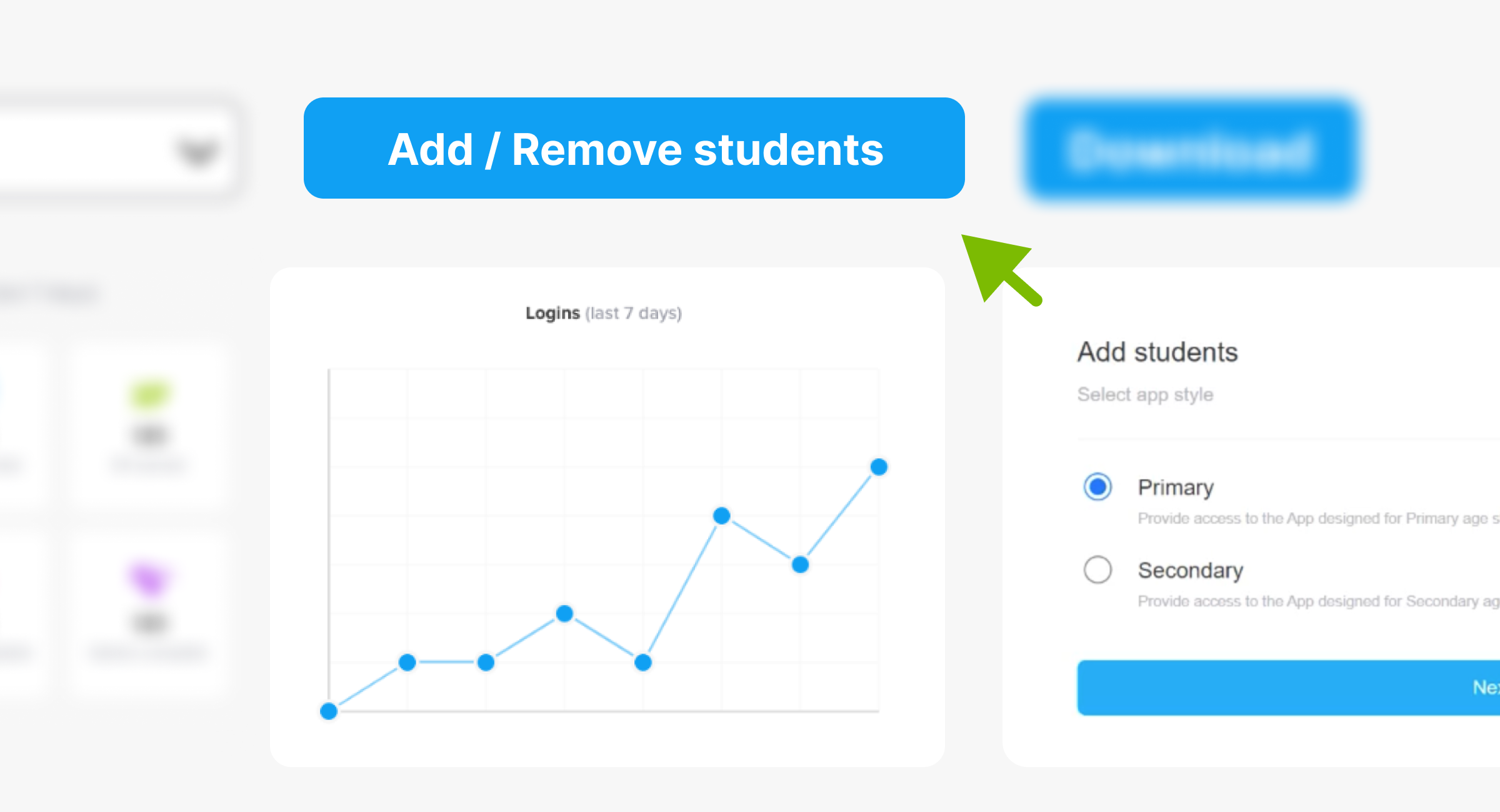

How can we support high-level EAL learners to achieve greater competency in English? Let’s continue the key takeaways from our recent webinar. If you haven’t already, make sure to check out part 1 of the blog here.
Support with academic writing
At band D on the proficiency scale, learners should be able to write independently and at length, using high-level connectives, a range of tenses, and active and passive voice. Analyse model answers to help learners identify key grammatical features of academic writing, highlighting certain tenses or structures. Adapt a model essay by removing connectives and asking learners to select appropriate connectives to use in these spaces. They could also sort connectives into their different functions. Deconstruct texts by dividing them into different paragraphs and asking learners to put these in order. This can help to focus learners on the conventions of text types so that they are more familiar with these when they have to produce their own.

Paraphrasing
High-level EAL learners may need to paraphrase other people’s ideas in academic writing. Familiarity with word-class is key here, as it gives learners greater flexibility and the ability to transform words to use them in different ways. Recognising patterns can also help learners to decode unfamiliar vocabulary. A common feature of the academic style is nominalisation, where the noun form of a word is used instead of a verb or adjectival phrase, such as saying ‘The importance of the ability to write’ instead of ‘Being able to write is important because…’
Speaking
To be considered ‘competent’, learners need to produce complex structures in their speaking and be able to do things like deliver a curriculum-related presentation, showing an understanding of stress and intonation. The way we convey meaning in speaking can be subtle, such as raising your voice at the end of a sentence to convey a question or placing emphasis on a different part of a word to express different meanings. Intonation activities and games can help students develop this awareness. Try giving learners a phrase to say and providing them with cards with different adverbs of emotion (joyfully, guiltily, mournfully). Ask them to say the phrase in that style and ask their classmates to mimic the intonation and guess the adverbs on the card. As speaking is more spontaneous than writing, grammatical errors may occur more frequently, so addressing misconceptions are key here. FlashAcademy®’s Fluency Boost lessons target some common mistakes that high-level EAL learners may continue to make.

Independent learning
High-level EAL learners should be able to revise and edit their own work. This requires learners to develop metacognitive skills in order to reflect on their work and apply feedback constructively. Train learners to use an online dictionary and reference tools so they are prepared to carry out independent research. Use tools like online research frames or other study skills resources to help here. Signposting learners to websites like British Council Learn English websites helps them to take ownership of their learning and continue to learn independently.
Competent or fluent EAL learners have been shown to have high attainment, and the benefits of bilingualism have been well-documented. Make the most of multilingual learners’ language knowledge by delving into the roots of words and the similarities and differences between languages to help develop their metalinguistic awareness. When supporting high-level EAL learners, we want to make sure that we’re not only supporting their English language proficiency but also encouraging them to maintain and develop home language skills, as these are valuable and worth celebrating.

